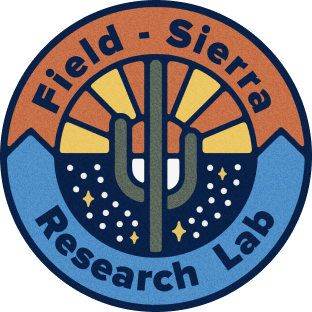top of page
High Rate Degradation of 3-Nitro-1,2,4-triazol-5-one (NTO) to Environmentally Benign End Products in Sequential Reducing-Oxidizing Reactive Mineral Packed Bed Reactors (SERDP-ER19-1075)
The Department of Defense (DoD) is establishing the environmental and public health impacts of newly deployed insensitive high explosive (IHE) compounds. In particular, the IHE constituent, 3-nitro-1,2,4-triazol-5-one (NTO), is a concern due to its very high aqueous solubility (16,640 mg L-1) and low hydrophobicity. These properties are expected to provide conditions for elevated concentrations of NTO in munitions manufacturing wastewater. Likewise, NTO is very mobile in soil and aquifers creating the potential threat of surface water and groundwater contamination. Thus, there is a need to develop a cost-effective method that can target NTO as the predominant explosive in munitions wastewater or contaminated groundwater. The objectives of this project are to demonstrate that reactive minerals in a sequence of reducing and oxidizing packed bed reactors can rapidly degrade NTO to safe end-products. Additionally, the project will demonstrate whether the packed bed reactors can operate robustly over extended time periods, confirming their feasibility as a technological option

List of scientific/technical publications
1. Articles in peer-reviewed journals
Menezes, O., Y. Yu, R.A. Root, S. Gavazza, J. Chorover, R. Sierra-Alvarez, J.A. Field, 2021. Iron(II) monosulfide (FeS) minerals reductively transform the insensitive munitions compounds 2,4-dinitroanisole (DNAN) and 3-nitro-1,2,4-triazol-5-one (NTO), Chemosphere, 285. 10.1016/j.chemosphere.2021.131409
Rios-Valenciana, E. E., O. Menezes, X.-Z. Niu, J. Romero, R.A. Root, J. Chorover, R. Sierra-Alvarez, J.A. Field. 2022. Reductive transformation of the insensitive munitions compound nitroguanidine by different iron-based reactive minerals, Environmental Pollution, 309:119788. https://doi.org/10.1016/j.envpol.2022.119788
Yu, Y., Root, R. A., Castrejon Miranda, R., Sierra-Álvarez, R., Chorover, J., Field, J.A. 2023. Rapid abiotic reductive transformation of 3-nitro-1,2,4-triazol-5-one (NTO) by zero-valent iron (ZVI). (Under review).
Yu, Y., Root, R.A., Sierra-Alvarez, R., Chorover, J., Field, J.A. 2023. Treatment of the insensitive munitions compound, 3-nitro-1,2,4-triazol-5-one (NTO), in flow through columns packed with zero-valent iron (Under review).
Miller, M.P., R.A. Root, R. Sierra-Alvarez, J. Chorover, J.A. Field. 202X. 3-Amino-1,2,4-triazol-5-one (ATO), the reduced daughter product of an insensitive high explosive, is completely degraded by manganese oxides. (In preparation).
2. Posters
Yu, Y., Root, R., Menezes, O., Miller, M., Chorover, J., Sierra-Alvarez, R., Field, J.A. 2022. High-Rate Degradation of 3-Nitro-1,2,4-triazol-5-one (NTO) to Environmentally Benign End Products in Sequential Reducing-Oxidizing Reactive Mineral Packed Bed Reactor. SERDP & ESTCP Symposium, Washington DC.
Yu, Y., Root, R., Menezes, O., Miller, M., Chorover, J., Sierra-Alvarez, R., Field, J.A. 2021. High-Rate Degradation of 3-Nitro-1,2,4-triazol-5-one (NTO) to Environmentally Benign End Products in Sequential Reducing-Oxidizing Reactive Mineral Packed Bed Reactor. SERDP & ESTCP Symposium, Washington DC.
Yu, Y., Castrejon Miranda, R., Root, R., Menezes, O., Miller, M., Chorover, J., Sierra-Alvarez, R., Field, J.A. 2020. High rate degradation of 3-Nitro-1,2,4-triazol-5-one (NTO) to environmentally benign end products in sequential reducing-oxidizing reactive mineral packed bed reactor. 2020 SERDP and ESTCP Symposium, Nov 30 - Dec 4.
3. Theses and Dissertations
Miller, M.P. 2022. Degradation of 3-nitro-1,2,4-triazol-5-one (NTO), an insensitive high explosive, and its reduced daughter product by reactive minerals. MS Thesis. Dept. Chemical & Environmental Engineering, The University of Arizona. May 2022.
Youngjae Y. 2022. Reductive transformation of insensitive munitions compounds by reactive iron-based minerals. PhD dissertation, Chemical and Environmental Engineering, The University of Arizona. December 2022.
bottom of page
